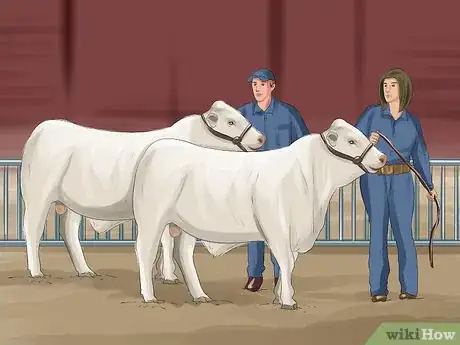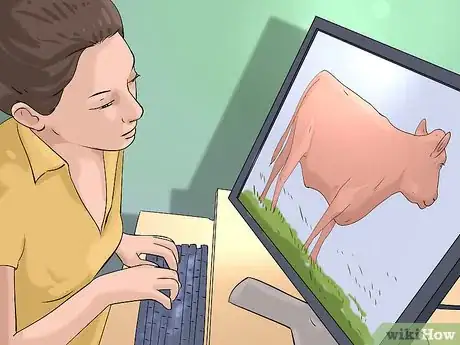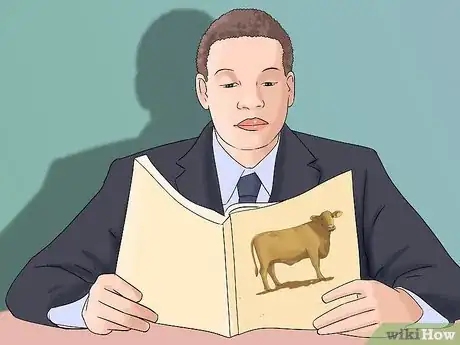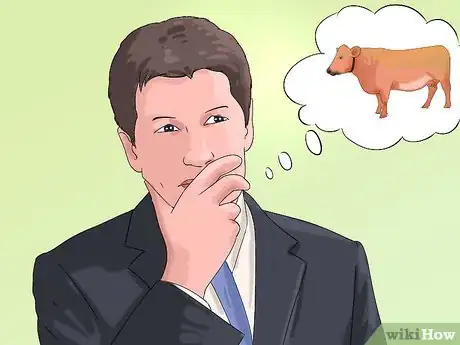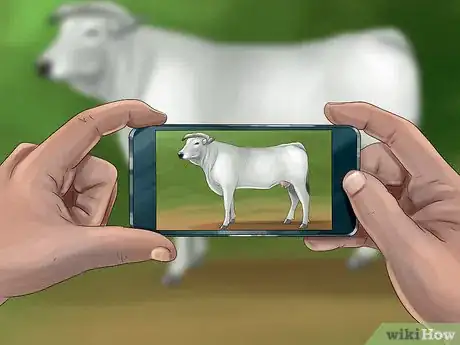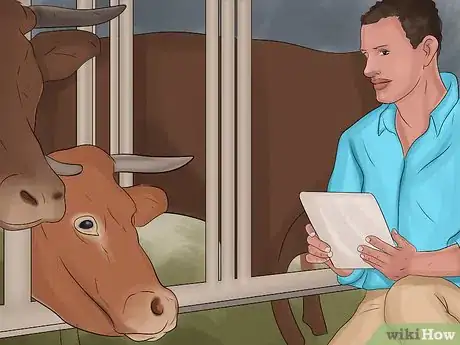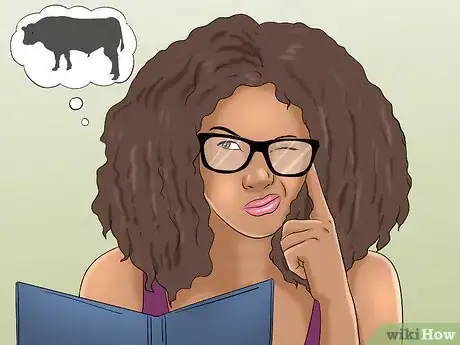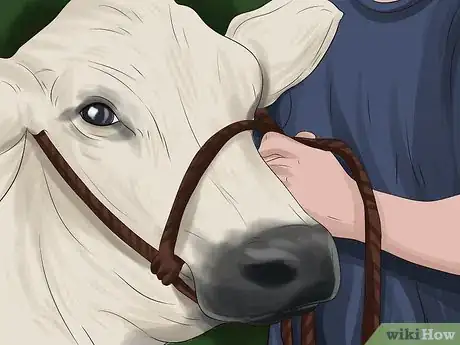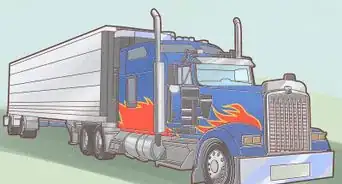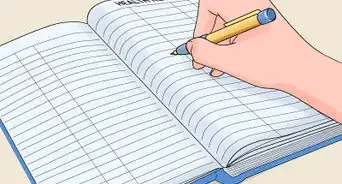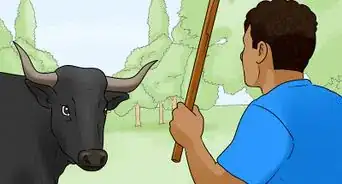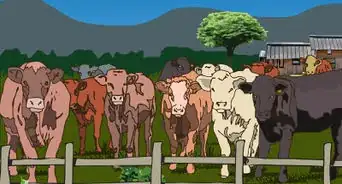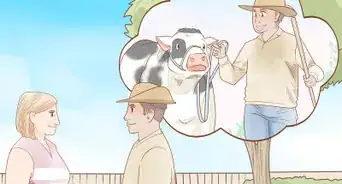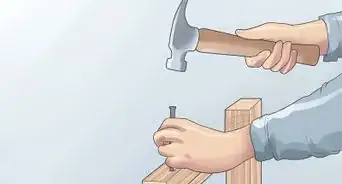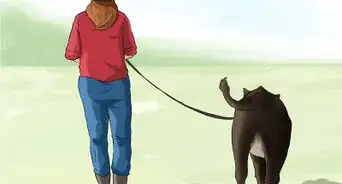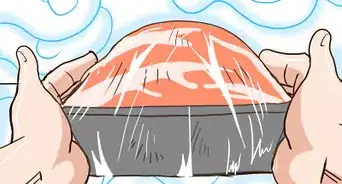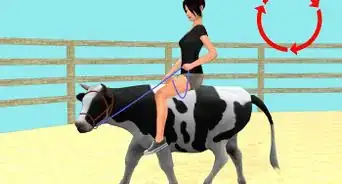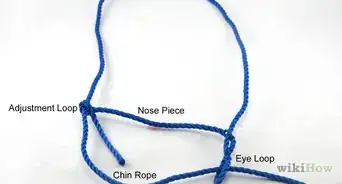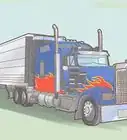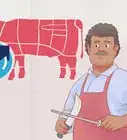This article was co-authored by Karin Lindquist. Karin Lindquist earned a BSc in Agriculture as an Animal Science major from the University of Alberta, Canada. She has over 20 years of experience working with cattle and crops. She's worked for a mixed-practice veterinarian, as a sales representative in a farm supply store, and as a research assistant doing rangeland, soil, and crop research. She currently works as a forage and beef agriculture extension specialist, advising farmers on a variety of issues relating to their cattle and the forages they grow and harvest.
There are 8 references cited in this article, which can be found at the bottom of the page.
This article has been viewed 58,805 times.
Most cattle are bought and sold through the auction mart or, as some call it, the "sale barn." For many it's the last destination before going to slaughter. For others it's just another stop where they are exchanged from one owner to the other. You, hopefully, will be that "other" owner where you are able to purchase the cattle you want to buy through an auction.
Steps
-
1Find a livestock auction mart. It is usually best to choose local sale-barns to find what you're looking for, however there's nothing wrong with going for a distant auction mart to find some ideal cattle to purchase. Where you want to go depends on what cattle you are looking to buy, as well as the prices they are going to be selling them at. Some sale barns sell cattle at a cheaper or expensive price than others, and others sell more variety of breeds than others.
- If you're looking to buy some bred females or cow-calf pairs, the best auction to go through is a herd dispersal sale. This is where usually the best females are sold. Any other auction may be potential for you purchasing someone else's problems.
-
2Understand what market values cattle are going to be sold at. Most cattle are sold on a $/lb or $ per cwt (hundred weight or one hundred pounds) basis, where total price depends on the weight of the animal. Prices will reflect the health status, body condition and the presence of certain necessities as horns or "extra ear" like you would find with Brahman-type cattle. Prices will decrease if any of the cattle are poor in health, has bad temperament, thinner than normal, have horns, or have that extra ear (this is an exception for areas that encourage the use of Brahman-type cattle). Colour may also have an effect on prices: Expect black cattle (especially Angus) to go for more than other coloured cattle.[1]
- The owner selling will have an influence on prices because they know the history of the animals they are selling, from health to temperament.
- Cattle are docked if they have horns because of the safety issue associated with cattle having horns. Horns are dangerous and are well known to causing serious injuries to both humans and other animals.
- Prices differ from week to week, and fluctuate on a 10-year cycle. It's recommended to keep an eye on changes in prices and try to predict what the best prices may be for purchasing cattle without risking spending too much money.
Advertisement -
3Understand the terms used to sell certain classes and types of cattle. What terms are used depends on where you are purchasing cattle from. Steers and heifers should be obvious, but feeders, canners, cutters and bologna bulls (also called "butcher bulls") are not. The first is for cattle that have been just weaned and are being raised on forage for beef. Canners and cutters are old cows that are sold to be slaughtered as hamburger and/or pet food. The latter refers to old or rank bulls that have worn out their use as breeding animals and are to be sold for slaughter.
- Cows, especially in Canada may be called D1 or D2 cows, still referring to the same as above, except that it refers to meat quality, not its ultimate destination.[2] Same type of cattle may also be called "butcher cows" and "heiferettes."
- You may also come across terms like first-calf heifers, heiferettes, first-calvers, feeder bulls, cow-calf pairs (or 3-in-1's), bred cows, bred heifers, dairy steers/calves, etc. All such terms define the type, sex/gender, and class of cattle to buy. For example, "heiferettes" are generally older heifers that are not bred but raised for slaughter. Cow-calf pairs or 3-in-1's are cows that are pregnant with a calf at side. First-calvers or first-calf heifers usually mean a heifer that has calved for the first time. Occasionally some places may define such animals as heifers that came from a first-time-calving cow.
-
4Know what you want to buy and for what price. Don't go into an auction mart and think you're going to want to buy something just because it's there or you want to have it. You need to know what you want to buy and what price you're willing to pay for it. Just be careful to not to over- or underestimate the kind of prices a certain pair or a group of cattle will go at.[3]
-
5If necessary, bring a friend who's more cattle-savvy than you to help you find what you are looking for. This is especially necessary if you don't know what to expect at a livestock sale or what animals you should be looking out for in terms of what to and what not to purchase. This friend can help you point out the animals that are more sickly-looking, or have the kind of temperament that you may not be able to handle.
-
6Before the sale, go around the back where the pens are to have a look at the cattle being sold. Calmly walk around and study the animals that have been sorted into each pen and assess whether they have the potential to be a good purchases for you or not. Note body condition scores, conformation (if applicable--especially if you're wanting to buy breeding animals), health status, temperament, and number of like animals in the pen that are likely going to be sold in the auction.[4]
- All pens will have a number associated with them. Note what number[s] of the pens you find the type of animals you are interested in so that you know what are going to be bidding for when the auction begins. All pens usually have a lot number (i.e., Lot #12) attached.
-
7Buy your bidding ticket. You will need this if you are going to have a hope of purchasing some of the animals you want. You will need to purchase this at the front desk or service counter where current market prices are viewed and where a lot of the accounting work is done.
- Your ticket usually has a number on it. This is to identify you as a bidder when the auction goes on and you are going to get into a "bidding war" with a number of other individuals that may be interested in the same animal[s] as you.
-
8Find a seat in the sale barn up where the cattle are going to be run through the sale ring. Sit where the auctioneer can see you and where you can see the animals being run through, as well as where you can see other bidders, although the latter isn't as important as the first two. Relax and note the kind of other people around that you are likely to be bidding against.[5]
-
9As the auction begins, listen to the auctioneer closely and note the animals or group of animals that are being run through. If the lot number you are interested comes up and the auctioneer opens with a high number, don't stick your hand up (nor make eye contact nor nod at the sales guys down below) with your number until he lowers it to the lowest price the animals should go to. Stick to the highest price you want to bid at, and don't go over it if you think it's too far and above what you are asking for. If a lot is going for more than you want it for, don't stick up your hand nor nod or make eye contact with the sellers.
- Be calm and as unemotional as possible. You need to not get overly excited or anxious in the sale as the other bidders you're going against will see this as a weakness and try their best to outdo you. Don't even act remotely excited if a group of cattle get sold to you.
-
10See the auction through. The results of an auction can go two ways: either a lot will get sold to you, or not. It all depends on how hard you're bidding, whether you're bidding at all and what price the animals eventually get sold at. If you get what you want, great! If not, then there's always another sale and another set of cattle to bid on.
-
11If you got what you want, then arrange to take them home if you haven't the equipment to take them home yourself. Hopefully you will have everything arranged prior to their arrival, including feed, water, shelter, and a good fenced-in area where you can keep them for the next couple weeks to allow them to get accustomed to their new home.[6]
Community Q&A
-
QuestionWhen selling a calf, is it OK to bid on it to buy it back?
 DonaganTop AnswererYes. They don't care who buys it, as long as they get their commission.
DonaganTop AnswererYes. They don't care who buys it, as long as they get their commission. -
QuestionDo the yearling calves in Texas need to branded?
 Community AnswerNo. but it is a good idea to mark them somehow, either by brand, ear notching, or ear tag info so it's clear who has ownership of them.
Community AnswerNo. but it is a good idea to mark them somehow, either by brand, ear notching, or ear tag info so it's clear who has ownership of them.
Warnings
- Buyer beware: Having your heart on your sleeve won't get you the best animals. Don't feel sorry for any of the animals that appear sick, very thin, or wild and think you can "fix" them if you take them home. You might end up with problems that can't be fixed or, if they can be fixed, you'll spend thousands of dollars trying to fix them--money that can be spent elsewhere. You may not agree with this warning, but it's something worth thinking about if your finances are limited and you don't have a lot of free time or money kicking around. Also note that you might eventually end up with a dead animal or having to resell it because it's too much for you.⧼thumbs_response⧽
- Don't expect to make friends at an auction. Acquaintances are fine, but if you're going to be bidding against these people, you best reconsider making new friends.⧼thumbs_response⧽
References
- ↑ https://extension2.missouri.edu/g2095
- ↑ https://www.beefresearch.ca/research-topic.cfm/carcass-grading-41
- ↑ https://www.homestead.org/livestock/beginner-s-guide-to-buying-cattle/
- ↑ https://www.beefmagazine.com/blog/6-tips-buyers-sellers-cattle-sale
- ↑ https://www.youtube.com/watch?v=9CydUEEQYyQ
- ↑ http://agriculture.vic.gov.au/agriculture/livestock/beef/handling-and-management/transport-and-care-of-cattle
- ↑ https://www.forbes.com/sites/trulia/2016/08/31/6-ways-to-win-a-bidding-war-without-overspending/
- https://www.ams.usda.gov/market-news/livestock-poultry-and-grain-cattle-terms
